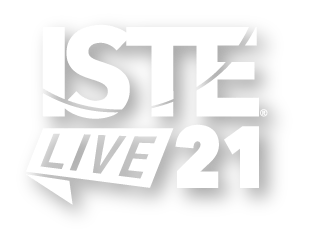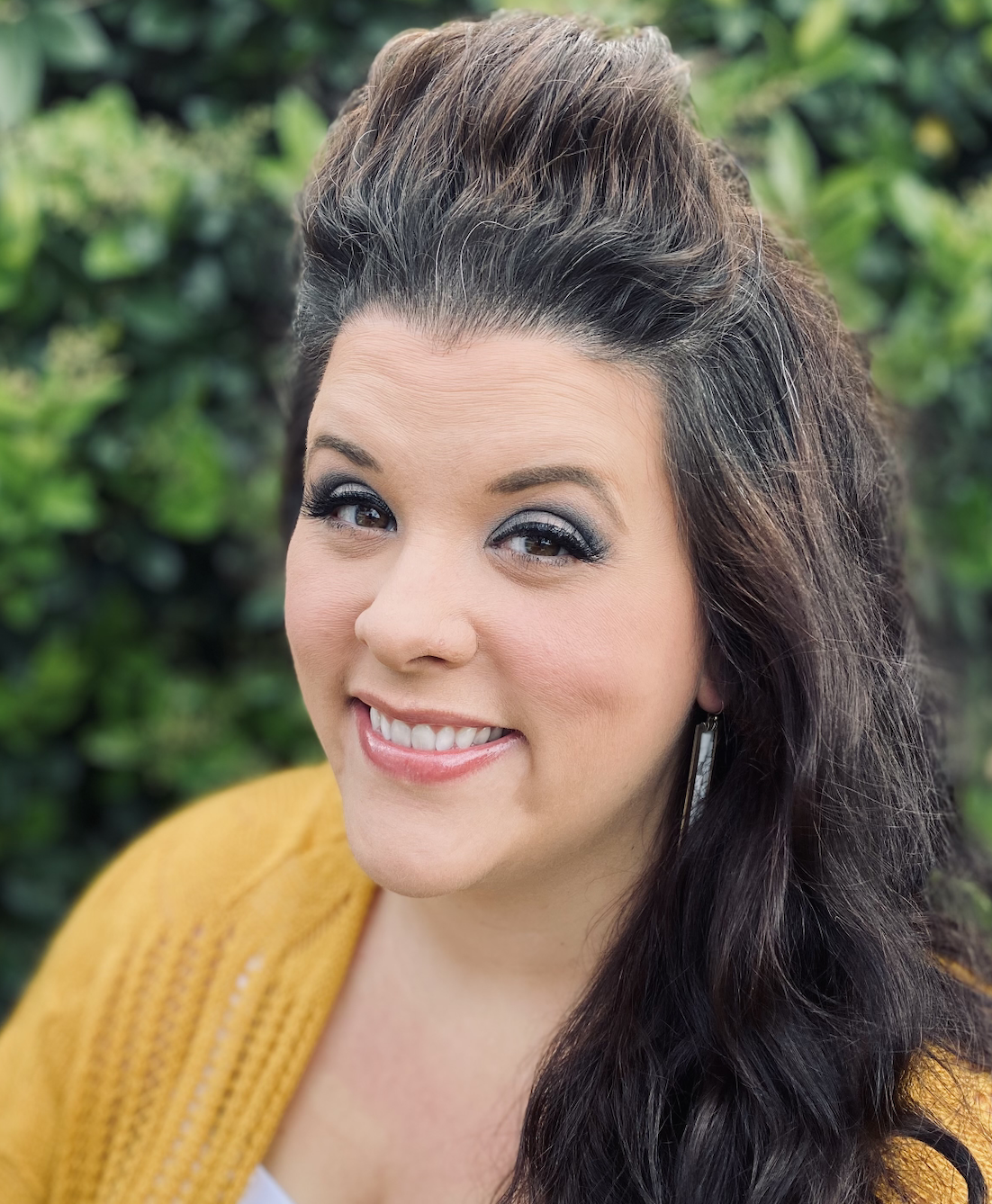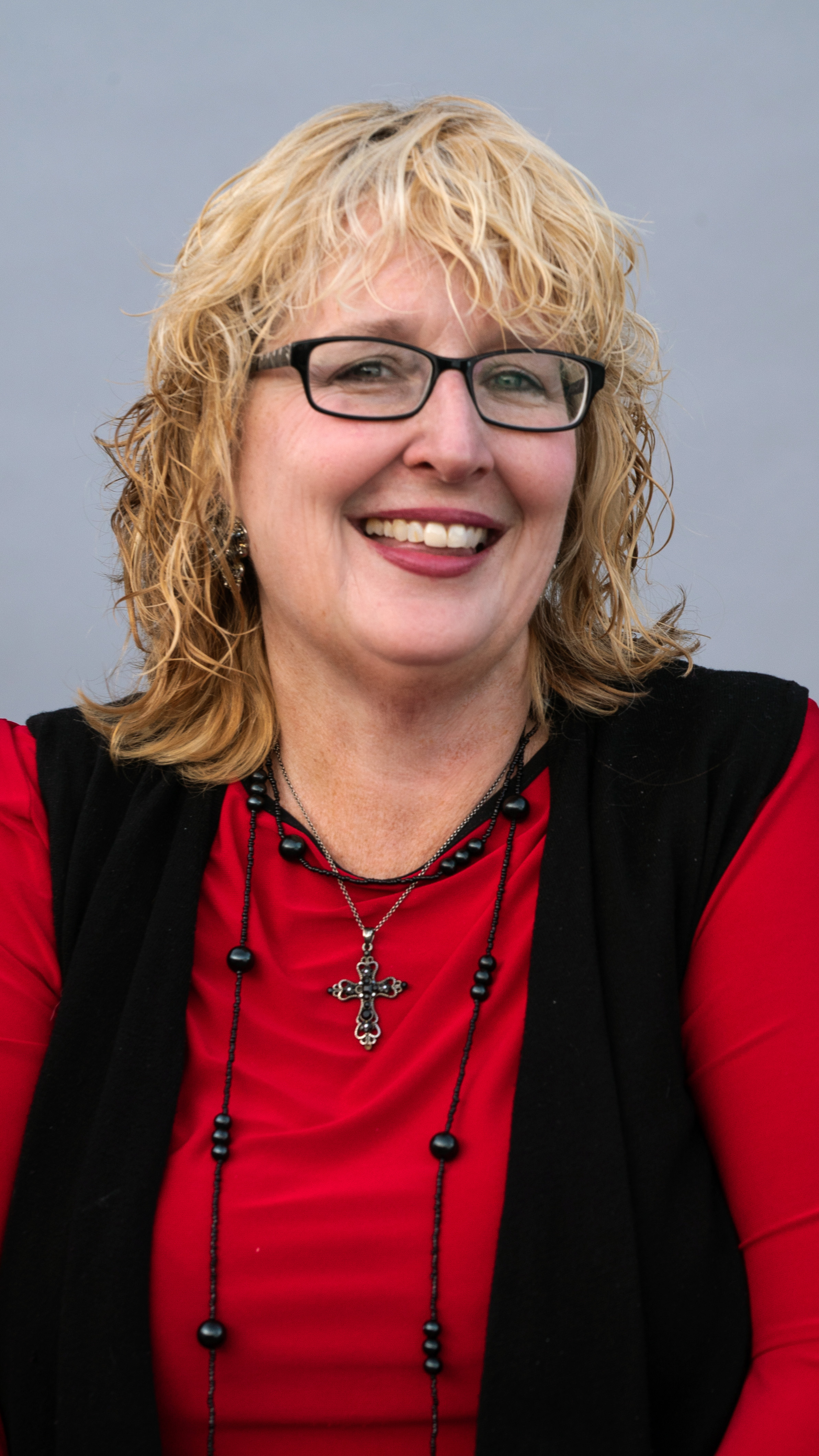

Assessment Doesn’t Have to Be a Bore! Showcase Learning Using Moviemaking |
Explore and create : Playground
This is presentation 3 of 3, at station "Lights Camera Action: StoryTelling with Video" within the playground "Digital StoryTelling Playground Bits & Bytes: Powerful Mini Activities to Engage Students"; scroll down to see more details.
Other presentations in this group:
| Audience: | Curriculum/district specialists, Library media specialists, Teachers |
| Skill level: | Beginner |
| Attendee devices: | Devices required |
| Attendee device specification: | Smartphone: Android, iOS, Windows Laptop: Chromebook, Mac, PC Tablet: Android, iOS, Windows |
| Participant accounts, software and other materials: | Access to either the free or paid version of WeVideo. (Free is sufficient for this presentation.) |
| Topic: | Storytelling/multimedia |
| ISTE Standards: | For Students: Knowledge Constructor
|
| Additional detail: | ISTE author presentation |
The purpose of this presentation is to showcase the engaging and creative power of digital storytelling. The challenge being addressed is how to help students tell stories through the medium of moviemaking as a way to express mastery content. Participants will learn about several poetry templates for moviemaking and how to implement them as assessments in a variety of content areas. The tools used are a device of choice (tablet, laptop, Chromebook, etc.) with access to video editing software.
1. Welcome and introductions - 2 minutes
2. Why do stories matter? Presenters will touch on the brain science of storytelling and the impact stories can have on learning. - 3 minutes
3. Presenters will present the challenge of making assessment more engaging for students. A solution the presenters will share is giving students opportunities to express mastery through the medium of moviemaking. Presenters will share several poetry templates that can be adapted and used as formative or summative assessments. - 10 minutes
4. Attendees will learn how to use WeVideo for the editing portion of this assessment project. - 10 minutes
Ferrés, J., & Masanet, M.-J. (2017, July 1). Communication Efficiency in Education: Increasing Emotions and Storytelling. Scipedia. https://www.scipedia.com/public/Ferres_Masanet_2017a
Peterson, L. (2018, October 17). The Science Behind The Art Of Storytelling. Harvard Business Publishing: Corporate Learning. https://www.harvardbusiness.org/the-science-behind-the-art-of-storytelling/
Vu, V., Warschauer, M., & Yim, S. (2019). Digital Storytelling: A District Initiative for Academic Literacy Improvement. Journal of Adolescent & Adult Literacy, 63(3), 257-267. https://doi.org/10.1002/jaal.962

As a middle school teacher for 16 years and a California Teacher of the Year (2014), Jessica has continually worked to redefine what learning looks like in her classroom. An ISTE author, Jessica's book, Moviemaking in the Classroom, will be released in August 2021. She is an advocate for student choice and voice, as demonstrated by the original content her students regularly publish for a global audience. She also spent over a decade as a professional development instructor and Consulting Teacher for a digital storytelling non-profit organization called DIGICOM Learning, aimed at promoting moviemaking in southern California classrooms.

Georgia Terlaje has taught for 31 years and is currently and instructional coach for Palm Springs Unified. She has used digital storytelling as an instructional strategy for 11 years and has presented on the topic at both regional and national conferences. She was also instrumental in creating PSUSD’s first elementary film festival that is now in it’s 4th year. Georgia is also a teacher-consultant for DIGICOM Learning. In this role, she is a lead instructor for professional development courses for teachers in the area of digital storytelling. Georgia has a digital storytelling podcast, “Storytelling Saves the World”.
Journey with Jones: Creating Virtual Trips
The 3D Creation Pipeline
The Empowered Learner: Future Ready With Agency and Self-Advocacy Skills